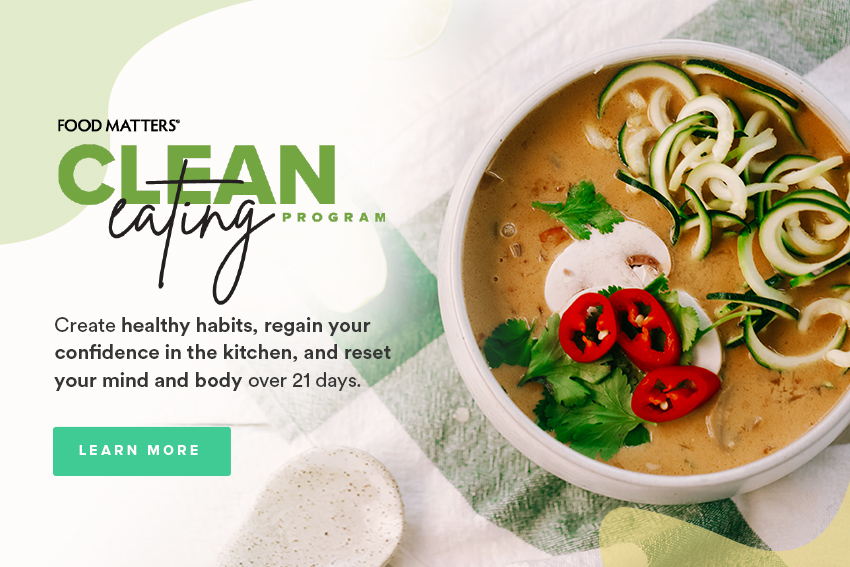Making Sense Of Food Labels
From meat to dairy, produce to pasta, food labels frequently tout all sorts of claims that shouldn’t always be taken at face value.
Below is an explanation of some of the most common terms used on food products so that you understand exactly what you're consuming.
Organic
A USDA organic seal is the highest stamp of organic approval. This label ensures that the product is produced without synthetic fertilizers, sewage sludge, irradiation, and genetic engineering.
Any product with an “organic,” “100 percent organic,” or “made with organic [ingredient here]” label is certified by the U.S. Department of Agriculture (USDA). For those products made from less than 70 percent organic ingredients, the manufacturer must identify which specific ingredients are organic — but those products don’t get to boast the official seal of approval. The USDA organic standards also prohibit antibiotics and growth hormones in organic meats and poultry, and require 100 percent organic feed for livestock.
Cage-Free or Free-Range
Grass-Fed
Look for products with an American Grassfed Association or Animal Welfare Approved stamp, which guarantee the animal was raised on a family-owned pasture or range.
Pesticide-Free
Hormone-Free and Antibiotic-Free
Natural or All-Natural
“Natural” is a loose term for foods without synthetic preservatives, artificial sweeteners, and other additives. The word “natural” is only regulated when it comes to meat, since regulations require meat to have no preservatives and minimal processing. Again, food companies bank on the buzzword to bring in business— but they often over-exaggerate the claims. (Other industries aren’t immune either: cereal makers have recently been criticized for misleading the public with “all-natural” claims that don’t add up.)
Multigrain and Whole Grain
Gluten-Free
For those who have to maintain a strict gluten-free diet must be aware that all products labeled “gluten-free” aren’t always entirely free of gluten. Because the FDA hasn’t yet set regulations for products labeled gluten-free, individual companies are coming up with their own definitions. Some products simply contain no gluten ingredients but are processed on the same equipment or in the same facility as gluten-filled products; some are tested to contain less than 20 ppm (parts per million) of gluten; and others (the most strict) are tested to assure a gluten content of less than 5 ppm. Proceed with caution if staying away from gluten is critical for your health.
Take the stress out of cooking with 21-days of guided meal plans, shopping lists, and nutrition support. You’ll find all of this, and more, in our signature Clean Eating Program.


